Will Disconnecting the Battery Reset the Fuel Gauge?
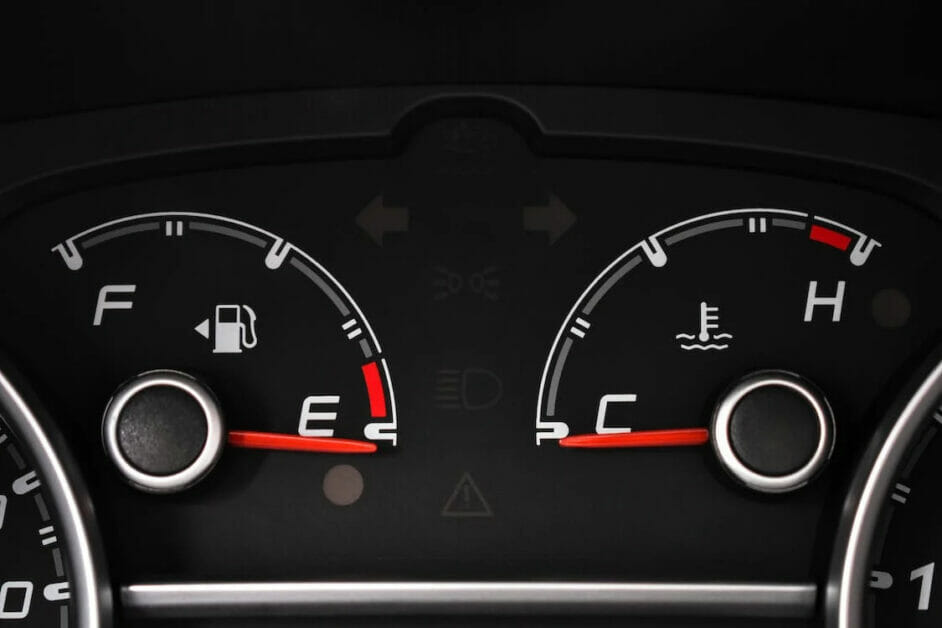
Disconnecting the battery can reset several systems in a modern vehicle. But does this include the fuel gauge, and are there other things that can reset it? Is there a way of disconnecting the battery without resetting the fuel gauge?
Yes, disconnecting the battery can reset the fuel gauge, but it’s not likely to fix a mechanical or electrical fault if that’s your real issue. A very low or empty fuel tank, a faulty resistor, and a bad sending unit can all cause the fuel gauge to malfunction.
I also explain how the fuel gauge works, how disconnecting the battery resets the fuel gauge, how to fix an improper fuel gauge reset, and how to deal with other issues related to the fuel gauge below.
Disconnecting the Battery
You usually need to disconnect a vehicle’s battery under the following conditions:
- After replacing the fuel pump or some other fuel system component;
- When the fuel gauge shows an incorrect reading;
- After servicing the vehicle’s electrical system;
- When you need to clear an error code;
- When you need to reset the security system or computer.
- If your fuel gauge is electronically malfunctioning (due to software glitches or errors), disconnecting the battery may help. This is because disconnecting the battery can sometimes “reset” the vehicle’s computer systems, much like restarting a computer or phone can fix minor software issues.
- However, if the fuel gauge problem is due to a mechanical or electrical issue, such as a faulty fuel level sensor in the tank or a broken wire in the gauge cluster, disconnecting the battery will not fix the problem. Such issues would require actual repair work.
Doing so can reset the fuel gauge, among other things, due to the loss of power, which stops the transfer of electrical signals. It will also reset other things in the car, including accessories like the clock, radio, navigation system, security system, and the vehicle’s computer.
If this happens, you will have to reconfigure their settings and presets.
To avoid disconnecting the power in your vehicle altogether, you can temporarily connect a second battery in parallel and then disconnect the first one.
How the Fuel Gauge Works
It is important to know how it works to understand whether disconnecting the battery can reset the fuel gauge.
A fuel gauge displays how much fuel is available in your car. You might have an analog one, as in the picture above, or a digital one that converts the physical distribution of fuel into a digitized program.
The fuel gauge performs its function through the fuse unit and ignition switch, all connected to the control box. A “sending unit” detects the amount of fuel leaving the tank, and a resistor connected to the battery marks this action by electrical signals. This pushes the indicator inside the fuel gauge to indicate how much fuel remains.
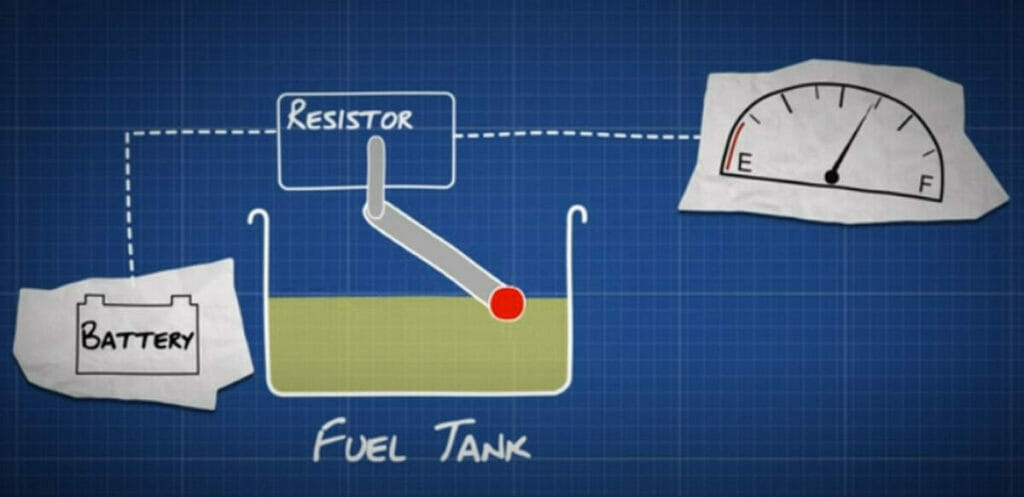
As illustrated above, the fuel gauge is connected to a float inside the fuel tank, which moves up and down according to the fuel level. This movement signals the gauge, showing the dashboard’s fuel level.
However, the fuel gauge’s accuracy depends on the fuel type, driving style, and the vehicle’s age.
How a Battery Disconnection Resets the Fuel Gauge
Now that you know how the fuel gauge works, we will look at how disconnecting the battery can cause the fuel gauge to reset.
When you disconnect the battery, it removes the power to the vehicle’s computer, which resets many electronic systems, including the fuel gauge.
When reconnecting the battery, you may need to recalibrate or reconfigure some of these systems, which can take time.
Very Low or Empty Fuel Tank
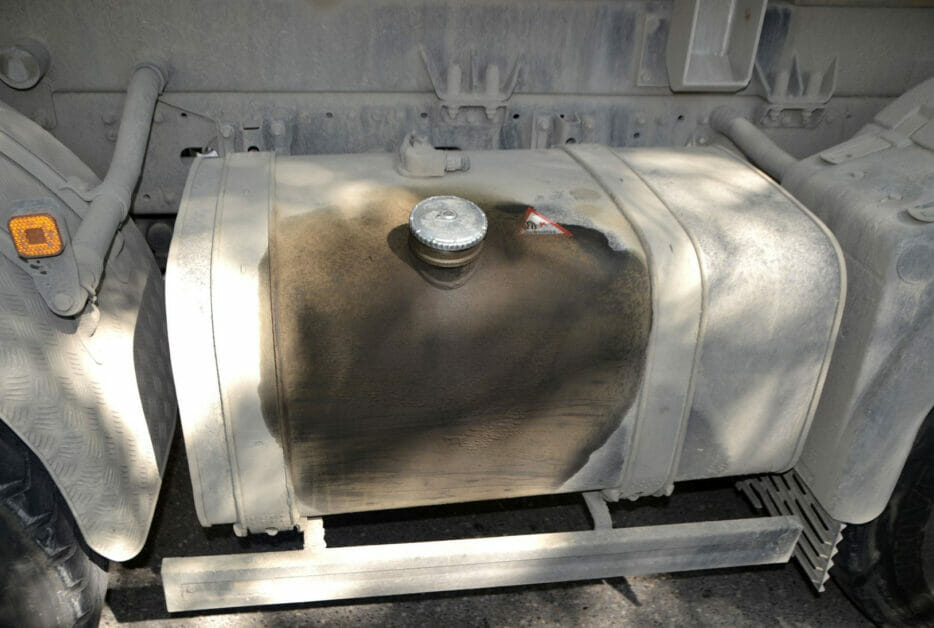
The resistor cannot transfer a signal with a very low or empty fuel volume in the tank.
If you disconnect the battery in this state, it blocks the channels connecting the fuse unit and switches, some of which are connected to the resistor and sending unit. The lack of movement inside the fuel tank thus resets the fuel gauge, bringing the fuel indicator down to zero because it cannot detect any push from the connectors.
Improper Reset and Wrong Indications
Sometimes, the fuel gauge may reset improperly or give a wrong indication.
An improper reset can occur if any of the following problems exist:
- The gauge malfunctioned.
- Loose wiring or connections.
- The floating mechanism is damaged.
Fixing an Improper Fuel Gauge Reset
If the reset resulted in the fuel gauge not working properly or giving a wrong indication, I’ll show you how to fix the problem.
You will have to do a proper fuel gauge reset. Follow these steps to do that:
Step 1: Fill the Fuel Tank
This step is only necessary if you have a very low or empty fuel volume in your fuel tank.
As I mentioned earlier, a very low or empty fuel tank can prevent the resistor from transferring an electrical signal and block the channels if you disconnect the battery in this state. All you need to do is fill the fuel tank before disconnecting the battery. It doesn’t have to be full, but it must not be very low and definitely not empty.
As long as the system’s floating assembly, wiring, and other electrical components are fine, the fuel gauge should properly indicate the fuel level.
Step 2: Disconnect the Battery
With a fuel tank that is neither too low nor empty, you can safely disconnect the battery without the risk of resetting the fuel gauge.
However, there is another way to maintain power if you need to remove the battery. As mentioned, you can connect another charged battery in parallel and then disconnect the first one.
Alternative Method: Removing the Fuse
If your car has a fuse box, it may have a fuse for the fuel gauge.
It may be labeled a “fuel pump” fuse. Also, remove the “MMI display” fuse if there is one.
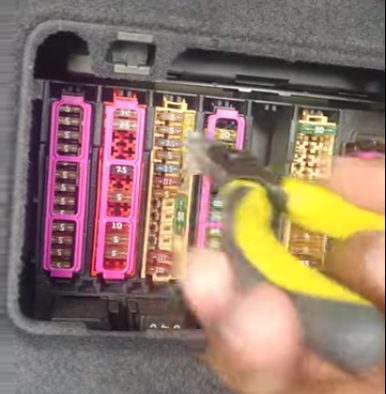
Press the start button after removing the fuse. The car may not display anything. Go back to the fuse box and replace the two fuses.
Now, restart the car. You should find that the fuel gauge has been reset, although you might have to reconfigure other things, such as the clock.
Fixing Other Issues with the Fuel Gauge
The Fuel Gauge Shows an Empty Tank
If you’re sure that the fuel tank is not empty, but the fuel gauge shows it is, the fault probably lies with the resistor or sending unit.
A Bad Resistor
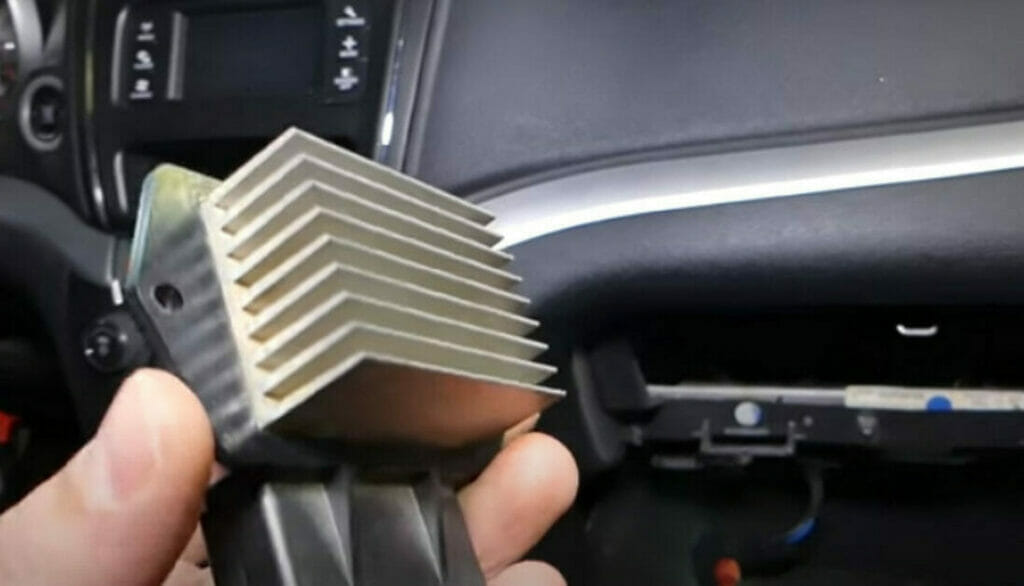
A bad resistor can fail to give a proper signal, and a short circuit can damage its operation.
A voltage fluctuation can interrupt the transference of signals. The resistor will fail to work without the right voltage. A loose connection or rust on the resistor can also harm the fuel pump module. You can easily fix a loose connection by tightening it, but a damaged or faulty resistor must be replaced.
If fixing a loose connection, I suggest you remove all the connected items and clean them, including the resistor, before securely reconnecting them.
A Bad Sending Unit
A bad sending unit will reset the fuel gauge’s needle to zero.
It is not easy to repair a sending unit, so the best solution for a failed sending unit is to replace it. After doing so, I advise you to check that the wiring connections are good, the sending unit gives the right amperage (check your manual for the expected value), and the fuel gauge is working properly.
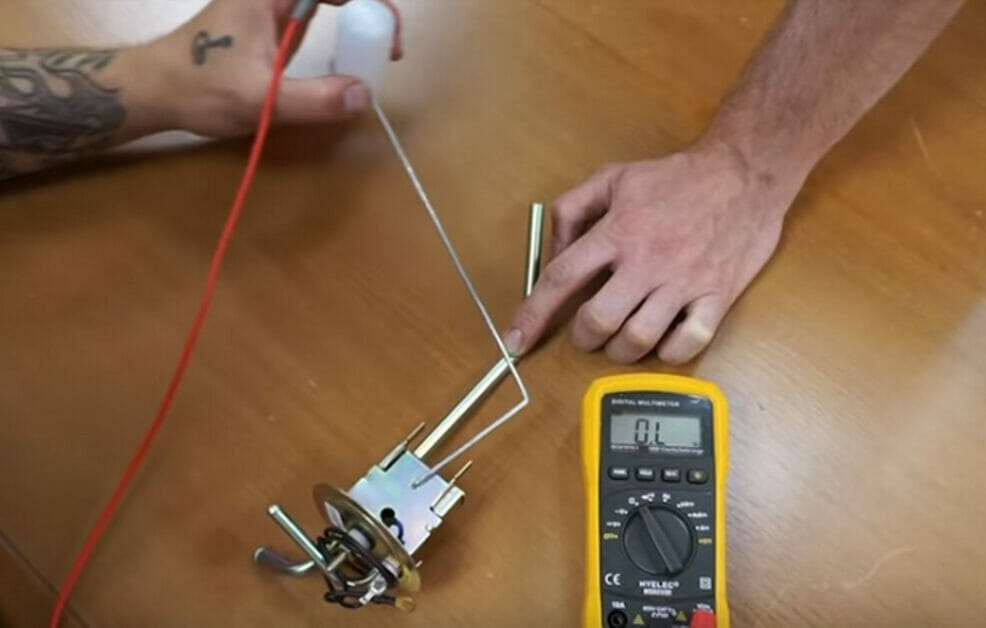
Other Causes
Other possible but less likely causes of the fuel gauge not working are a faulty fuel level sensor and a damaged float.
In either case, it’s best to replace that part instead of trying to fix it.
Tips for Fuel Gauge Maintenance
Here, I give some tips for good fuel gauge maintenance.
Tip 1: Check the Fuel Gauge Regularly
Check the fuel gauge regularly.
It is especially important when running low on fuel and before a long trip. Keeping an eye on it will allow you to know the fuel level and drive accordingly.
Tip 2: Only Use Recommended Fuel
Only use the recommended fuel for your vehicle.
It will help maintain an accurate fuel gauge and ensure healthy fuel system operation.
Tip 3: Keep Your Car in Good Running Order
Regular maintenance is essential.
It includes tune-ups and oil changes, which will also help keep your fuel gauge and system operational.
Tip 4: Don’t Overfill the Tank
Overfilling the fuel tank can damage your vehicle’s fuel system.
It can also lead to fuel spillage, which harms human safety and the environment.
Tip 5: Keep the Fuel Tank Clean
Dirt and debris inside the fuel tank can damage the gauge and system.
Therefore, keeping the fuel tank clean and contaminant-free is always important.
Tip 6: Take Care when Handling Fuel
Always take extra care when handling fuel.
Ensure the area is well-ventilated, and don’t smoke or use an open flame near the fuel tank.
Tip 7: Calibrate the Fuel Gauge
Recalibrate the fuel gauge if you suspect it does not provide an accurate reading.
Follow your vehicle owner’s manual instructions, or let an auto-electrician do it.
References
Avoid Overfilling the Tank. https://www.wallpaperflare.com/green-fuel-pump-nozzle-plugged-on-vehicle-fuel-tank-pumping-gas-wallpaper-wxlgm
Tom Denton. Automobile Mechanical and Electrical Systems, Automotive Technology: Vehicle Maintenance and Repair. Elsevier. 2011
Video References
Audi Eats
Auto Repair Guys
CrownAutomotiveCo
PhoRunner Channel
UnipartCarCareCentres
